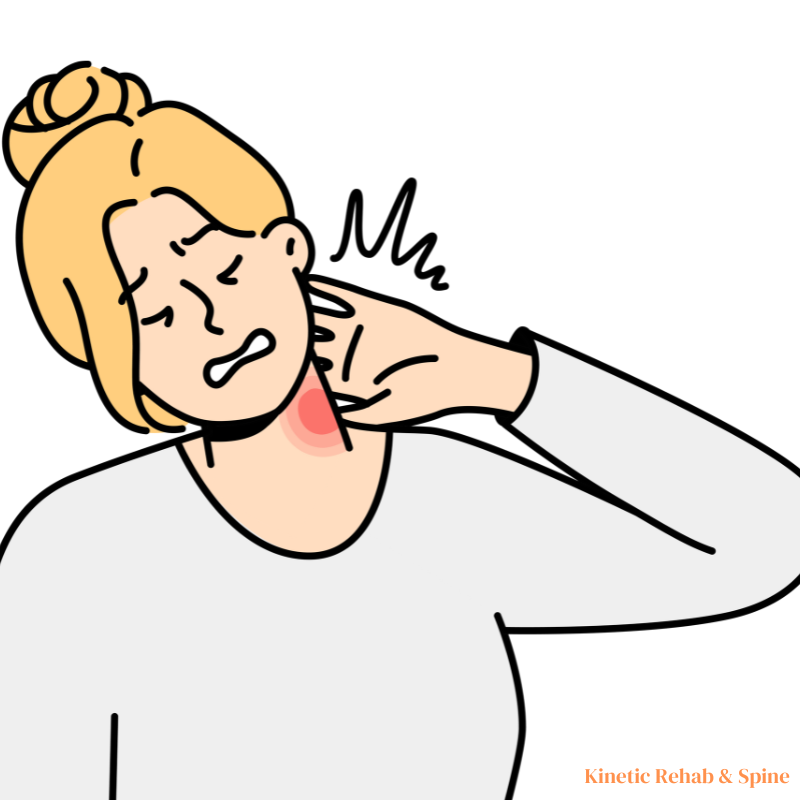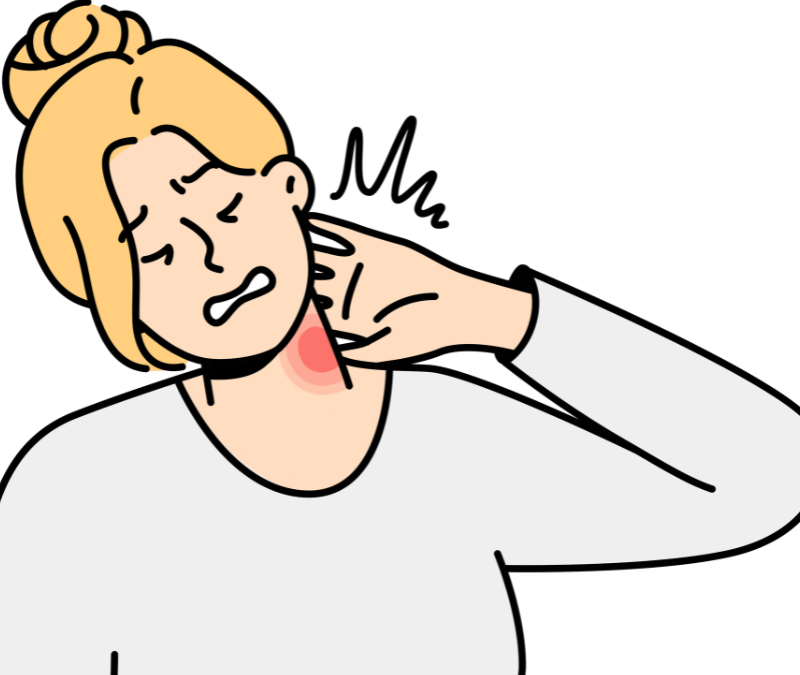Hey there, let’s dive into something that’s all too familiar for many of us – dealing with pain. Whether it’s a throbbing headache or that persistent ache in your back, we’ve all been in situations where we’re desperate for a quick fix. But what if I told you there’s a better way? What if we could move past the temporary solutions and really get to the heart of the matter? That’s what we’re exploring today – stepping away from the fleeting fixes and exploring the world of sustainable pain relief.

The Temptation of Quick Fixes
Let’s take a moment to step into a scenario many of us have experienced – a splitting headache that threatens to turn our day upside down. Picture reaching for that trusty painkiller and, like a magician’s trick, watching the pain dissolve away. Quick fixes are like that superhero sidekick that comes to the rescue when we’re in a tough spot. They’re a welcome relief, a comforting embrace that whispers, “It’s going to be okay.”
Imagine that headache fading into the background, replaced by a sense of calm and normalcy. It’s almost like a comforting hug that reassures us that the pain won’t last forever. And there’s no denying the appeal – the immediate comfort, the reassurance that we can carry on with our plans without the weight of pain dragging us down.
But, here’s the twist in the tale – while quick fixes offer us this momentary respite, they aren’t built to stand the test of time. They’re like a well-timed umbrella during a rainstorm, shielding us from the immediate downpour. Yet, beneath that umbrella, the leaky roof remains. Quick fixes might momentarily halt the pain, but they’re not designed to address the root cause of the discomfort.
Imagine that leaky roof patched up with a bandage – sure, it might keep the rain out for a little while. But over time, as the rain persists, the patch becomes less effective. The water finds its way in, and the problem underneath remains unresolved. Similarly, quick fixes may silence the pain temporarily, but the underlying issue lingers, ready to resurface once the effect wears off.
In the grand scheme of things, quick fixes serve as a lifeline during those moments of need. They’re the sprinters in a marathon, providing that initial burst of energy to get us through the immediate hurdle. However, when the marathon becomes a consistent journey, relying solely on these sprinters can leave us struggling to finish the race.
So, while quick fixes offer us that reassuring hug of comfort, let’s remember that true relief often demands more. It beckons us to look beyond the immediate respite and seek solutions that not only silence the pain but also mend the leaky roof, ensuring that the storm doesn’t return. After all, pain relief should be more than a temporary fix – it should pave the way for lasting well-being.
When Quick Fixes Fall Short
Before we throw quick fixes under the bus, let’s give them credit where it’s due. They’re handy for temporary relief, especially when the pain is a one-time thing. But when we’re talking about ongoing pain or recurring issues, they can’t quite cut it. Consider chronic back pain, for instance. Painkillers might ease the discomfort for a bit, but they don’t address the root causes, like poor posture or muscle imbalances. It’s like putting a bandage on a wound that needs stitches – it might hold up, but it’s not a permanent fix.
Embracing Solutions That Stick
What if, instead of just masking the pain, we could actually understand it and find lasting relief? That’s the crux of sustainable pain relief. It’s not about covering up the problem; it’s about digging deep and figuring out what’s causing the pain in the first place. It’s like detective work for your body, connecting the dots and coming up with a plan that actually works.
Holistic Healing: Treating You as a Whole
Remember that whole-body approach we chatted about earlier? It’s not some fancy jargon; it’s a game-changer for pain relief. Holistic healing gets that our bodies aren’t just isolated parts – they’re interconnected systems. Practices like yoga, meditation, and acupuncture aren’t just trendy; they’re tools to help us heal inside and out. They’re like giving your body a spa day, but way more meaningful.
Making Life Changes
Quick fixes are like a Band-Aid, but sustainable relief requires some bigger moves. It’s about looking at your daily routine and making changes that actually matter. Got a desk job? It’s time to talk about your posture. Spend too much time on the couch? Let’s discuss adding some movement. Sustainable relief isn’t just about when the pain strikes; it’s about how you live your life every day.
Getting Expert Advice
Navigating the world of pain relief can be overwhelming. This is where the experts come in. Think of them as your guides on this journey. Physical therapists, chiropractors, and wellness pros have a knack for understanding pain and helping you find ways to manage it. They’re like the friend who’s been there and knows the ropes – they’ll have your back.
Wrapping Up
So, here’s the bottom line – quick fixes are handy in a pinch, but they’re not the answer for long-term pain relief. If you’re tired of the cycle of temporary solutions, it’s time to dig deeper. Sustainable pain relief means putting in a bit more effort, but it’s an investment in your well-being. Next time pain comes knocking, remember there’s more to explore beyond the quick fixes. And hey, your body will definitely thank you for it.

